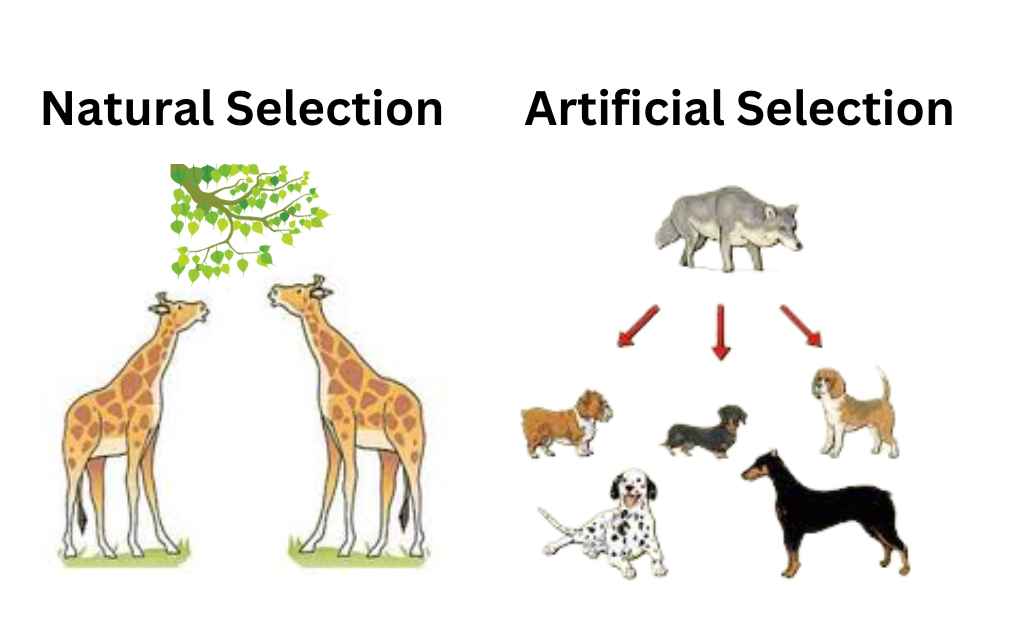Difference Between Natural Selection and Artificial Selection
Natural selection is the mechanism that drives evolution. It explains why some species survive and thrive better than others. The theory was proposed by Charles Darwin in 1859.
Natural selection is the main driving force behind biological diversity. It helps explain why some species survive and flourish better than others.
Natural selection is the main driving force behind evolutionary change. It occurs when individuals with certain traits survive better than those without them. This leads to changes in the gene pool over time.
Natural selection is responsible for creating new species and shaping the diversity of life on Earth. The theory was developed by Charles Darwin in 1859 and has since become a cornerstone of modern biology.

What Is Artificial Selection?
This concept has been around since Darwin proposed his theory of natural selection in 1859. He believed that species evolve through random mutations and selective breeding. This means that some individuals within a population are better suited to survive and reproduce than others.
However, recent research suggests that artificial selection may also play a role in shaping our genomes. In other words, humans and animals may not only inherit traits from their parents but also pass them down to their offspring.
Artificial selection is a form of selective breeding where humans choose traits they want to see in their offspring. This differs from natural selection, which occurs naturally over time. Artificial selection has become common practice in agriculture, animal husbandry, and even human medicine.
Humans have also played a role in shaping the evolution of species. For example, farmers breed crops to produce better yields, veterinarians select animals for specific characteristics, and doctors choose treatments for patients. Biotechnology is also using microbes to produce products that are beneficial to humans. For example, Transgenic bacteria are being used to produce insulin and other proteins.
Difference Between Natural Selection and Artificial Selection
Here is the difference between Natural Selection and Artificial Selection explained:
Artificial Selection
The selective breeding of domesticated plants and animals is called artificial selection. Darwin found evidences of natural selection in artificial selection. Humans select the individuals with the desired traits. They develop them as breeding stock. Thus they modify domestic species over many generations.
The domesticated plants and animals do not resemble to their wild ancestors. Artificial selection causes these changes in a short period of time.
Natural Selection
Interaction between environment and variability in a population cause natural selection. According to Darwin natural selection is operating over vast spans of time. Thus natural selection produced entire diversity of life.
It affects on different populations. Population is a group of inter-breeding individuals belonging to a particular species and living in a common geographic area. Natural selection affects only on heritable variations. The organisms acquire some adaptations by their own actions. These are not heritable.
The environmental factors vary from place to place and from time to time. Thus the effects of natural selection are regional and timely. An adaptation in one situation is useless or detrimental in different circumstances. An example of natural selection is the evolution of antibiotic resistance in bacteria.



Leave a Reply